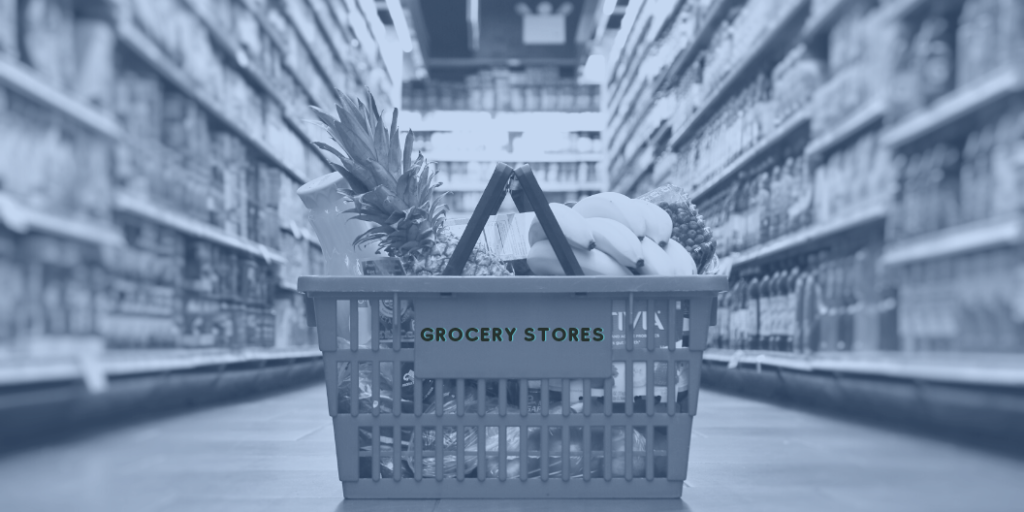Dynamic pricing has been used for years in wholesale electronics equipment, online travel agencies, and ecommerce retail sites. Sellers in these areas have seen their profit margins improve as they matched their pricing to meet demand. Prices for all these industries have been a tool used to maximize profits, spur sales of low-selling or out-of-season merchandise, and ensure that supply is capable of meeting demand.
As dynamic pricing has proven itself over time, we are starting to see the concept push its way into new industries. Businesses looking for more effective, AI-based digital pricing techniques are continuing to increase, leading to increased revenue and profit numbers for sellers, and more availability for buyers
Dynamically Pricing Automotive Parts
When collision repair shops need to order replacement parts to fix cars, many turn to mypricelink.com, an online platform where parts are priced dynamically based on consumer demand. GM, which first started implementing dynamic pricing for parts in 2014, has used mypricelink.com as a way to deliver genuine GM parts to shops, with Ford following suit in 2018. The key for collision shops is their ability to use the system to quickly prepare estimates and quotes for their customers and insurance agencies.
Pricing Transformation – Cross Organization Effort
As mentioned earlier, adopting dynamic pricing and ushering in a dynamic transformation impacts the entire organization.
Take Me Out to the Ballgame…at the Right Price
Sports teams are using dynamic pricing tools to find the right price to fill their stadiums. For successful teams, this usually means increasing prices to meet up with surging demand to attend games. However, even teams that struggle want to get fans in the seats, where they can pay for stadium parking, and then buy drinks, food, programs, and souvenirs.
AI-based tools can factor in a team’s on-field success, calendar events such as holidays, historic demand for games against rivals, available ticket inventory, and even weather as it recommends the ideal price to get fans into the stadium.
Gig Economy Dynamic Pricing
Uber and Lyft are two well-documented surge prices in the gig economy. As demand increases, those service providers increase their prices to meet up with demand. However, even freelance writers, designers and programmers are starting to implement dynamic pricing strategies into their business. While most don’t scale enough to use AI engines, they frequently use flexible pricing methods when quoting on jobs. As their inventory of hours decreases, they increase their hourly base rate, while high inventory of hours pushes them to lower their rates.
Dynamic Pricing Everywhere
We’re continuing to see dynamic pricing appear everywhere where things are sold. Disney World, your neighborhood grocery store, and B2B sales are all adopting dynamic pricing approaches, as a more effective and profitable way to run their business








